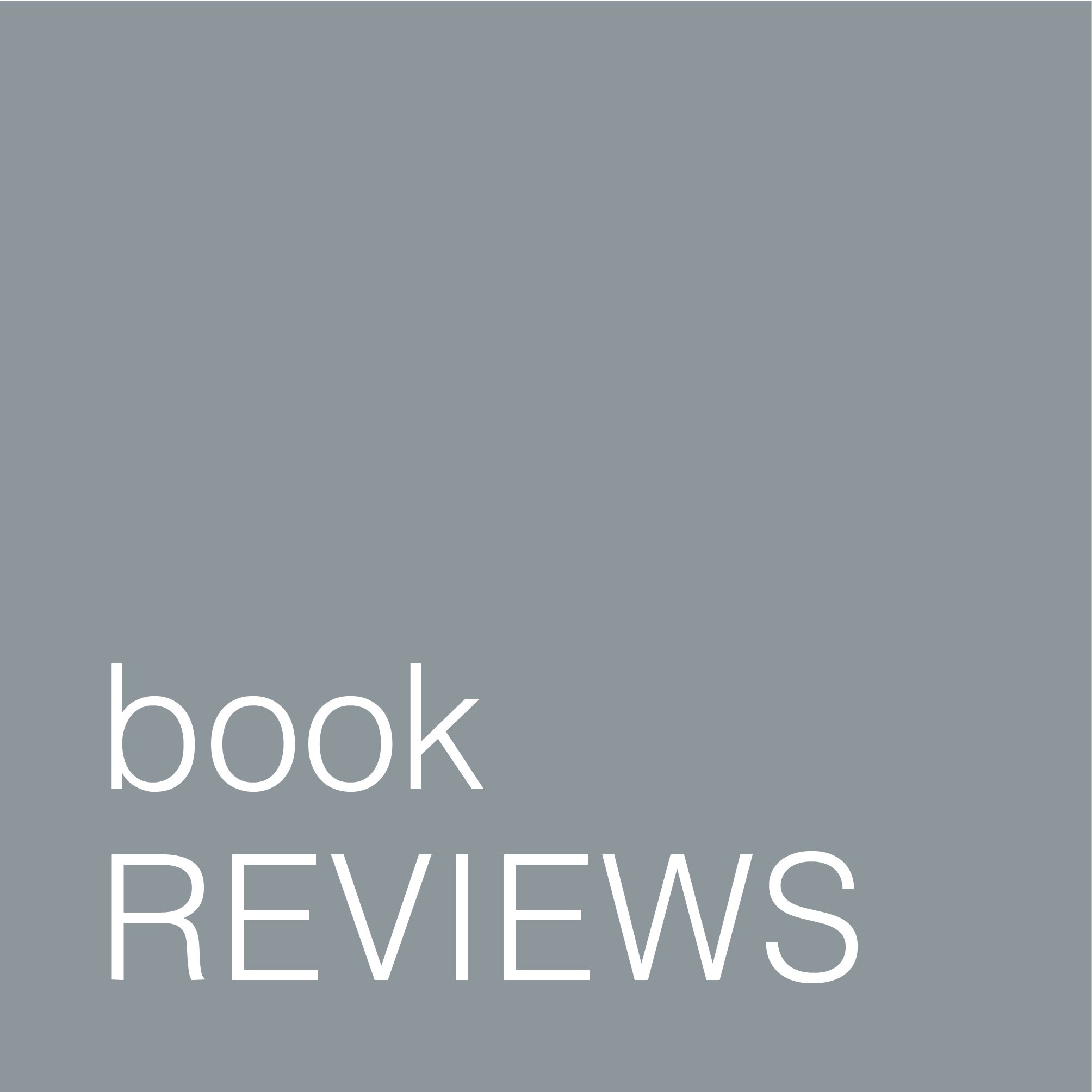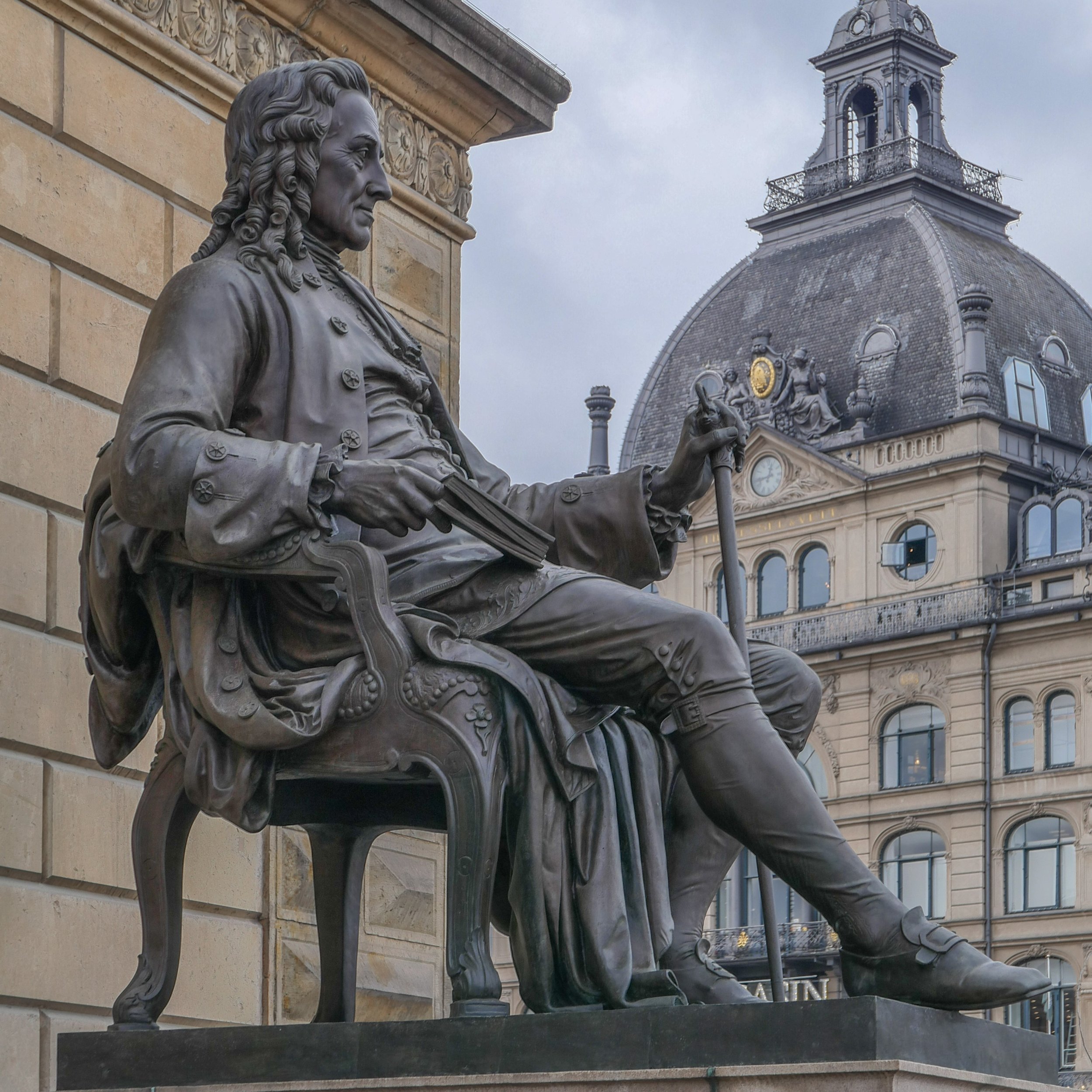The Colours of Copenhagen
/The Colours of Copenhagen
Bente Lange
The Royal Danish Academy of Fine Arts School of Architecture 1997
The Colours of Copenhagen was published by the Royal Danish Academy of Fine Arts in conjunction with the School of Architecture in 1997. Generally, I only review books here that are recently published or at least still available but this is a very important work that really deserves to be reprinted.
It sets out the history of architectural colour in the city, primarily through the 18th and the 19th centuries, and explains why the city looks as it does. There are a large number of illustrations with photographs of existing buildings as well as drawings produced for the book with colour wash showing their original appearance and a large number of historic drawings - views of buildings that have gone or buildings that have been altered. These illustrations show clearly how the look of the streets and squares has changed with changes of legislation and building regulations after a number of major fires in the city and also shows how both fashion and growing prosperity influenced the appearance of buildings in Copenhagen.
Some of the evidence for these changes comes from the detailed analysis of samples of historic paint taken from the facades and the book includes chapters on sampling and sections on pigment and binders and some technical information about cleaning or restoring the facades of historic buildings.
This was not the first book written on the subject of colour for historic architecture - John Prizeman wrote a book on English facades, Your House the Outside View, that was published in 1975 and there are several publications from the States including Paint in America, the colours of historic buildings, by Roger Moss published in 1994 by the National Trust for Historic Preservation in Washington and both cover similar ground in their respective countries - but the colour of the historic buildings is such an important part of the character and the quality of the street scape in Copenhagen that the work by Lange is of crucial significance.
The book puts the appearance of historic buildings in the city into a wider context of social history and explains why original colours are not just of academic interest but are relevant to the appearance of the buildings now and provides well thought through arguments and reasons for their preservation in the most appropriate and sympathetic way.












